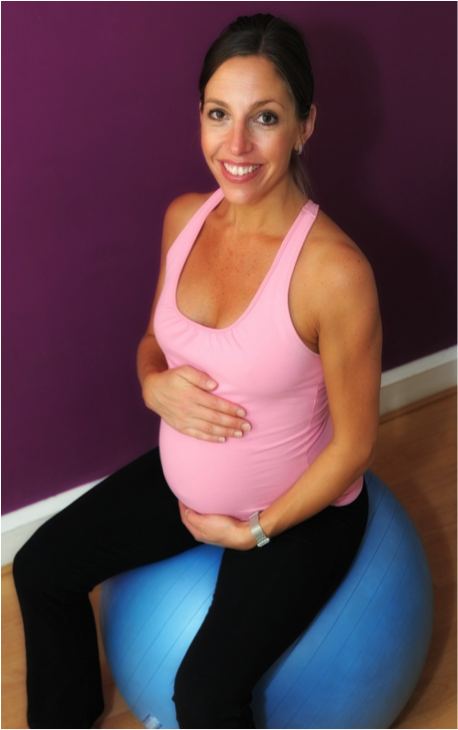Pilates for Ante-Natal and Post-Natal Pregnancy
Do you work in private practice? Do you run general Pilates classes and have pregnant women wishing to attend? Do you feel comfortable with how to modify exercises to suit their needs?
Physios are perfectly placed to teach exercise during pregnancy and the post-natal period. For sure, pregnant mums and new mums have certain requirements which should be addressed, but by understanding the physiological and mechanical changes during pregnancy and the post-natal period, you will feel more comfortable problem solving when you do have a client from this special population attend your Pilates class.
As a general rule, pregnant women who have been exercising prior to pregnancy and are practiced in Pilates can continue as per usual during the first trimester of their pregnancy providing there are no complications which may contraindicate exercise. As the foetus is so small in these early weeks, the uterus stays contained within the pelvic brim, so the abdominals are not under stretch this early on, so significant modifications to movements are not generally necessary.
From the second trimester onwards however, there are certain exercises that should be avoided and others that should be modified. For example, supine exercise in general, is not recommended due to the potential for supine hypotension, and loaded rectus abdominis work is not advised due to the reduced capacity of the abdominals to generate force as they are being stretched.
It's advisable for Physios who are dealing with this population to have some further training to gain more knowledge and confidence to be able to appropriately modify exercise to cater for pregnant and post-natal mums in 1:1 Pilates sessions or classes. APPI's Ante & Post Natal Pilates course is ideal for this purpose. We cover the physiological and mechanical changes during pregnancy and how and why to modify exercises so clients get the most benefit. We also discuss pregnancy related musculoskeletal disorders such as pelvic joint pain and how to incorporate Pilates into the management of these conditions. We also go through class planning for post-natal as well as ante-natal populations.
The course is great for general practice Physios teaching Pilates who would like the confidence to adapt their classes to be suitable for pregnancy and post-natal women, as well as for Women's Health Physios who are maybe new to Pilates and would like some insight as to how to incorporate Pilates into the management of their pregnant clients. The course focuses on matwork Pilates. You can check out a simple sequence designed from some of the repertoire covered below:
Side leg series
This sequence targets the gluteals, with a particular focus on the lateral sling, a vital muscle group during pregnancy which contributes to stability around the pelvis. The sequence commences with side leg press with the band which incorporates glute max. You can use a heavier band to target glute max as the hip extends against the resistance provided. A lighter band will challenge glute med more, as less support is provided to support the weight of the leg against gravity. Side leg lift and leg circles, which are demonstrated as part of the sequence, are nice to challenge glute med endurance as well as rotary control of the pelvis. The primary sling is also active throughout as well as the global trunk musculature, at a low level, to help provide balance in the side lying position. The balance challenge can be increased by straightening the bottom leg.
To enrol in the upcoming APPI Ante & Post Natal Pilates course on the 10th -11th November, 2018 in Sydney, click HERE.
If you would like to be put on a waiting list for upcoming Ante & Post Natal Pilates courses in other states, please contact us.
